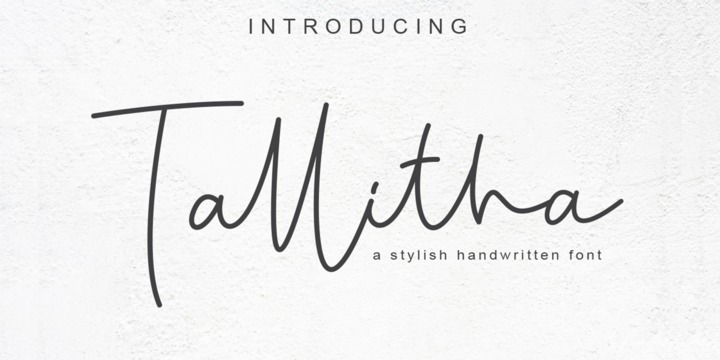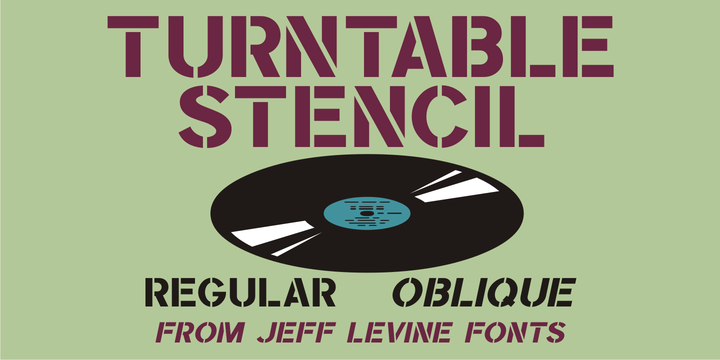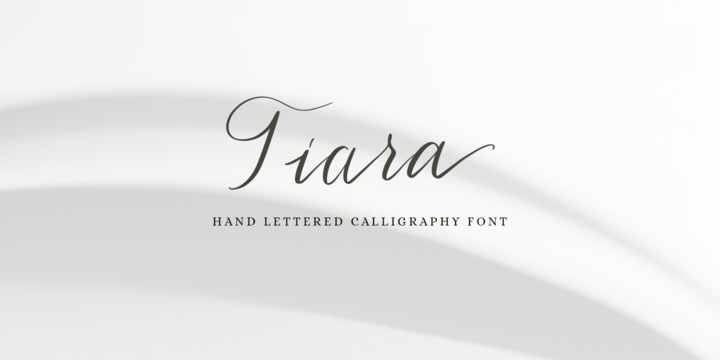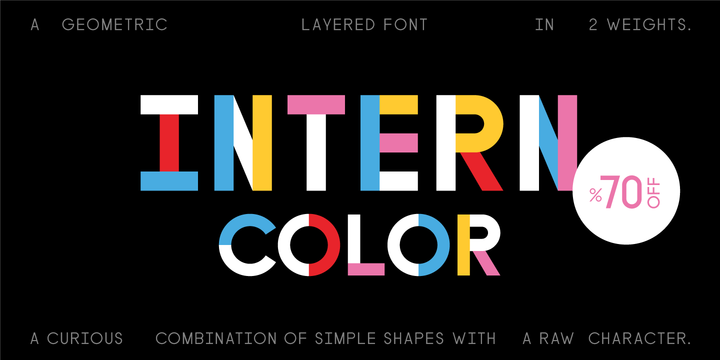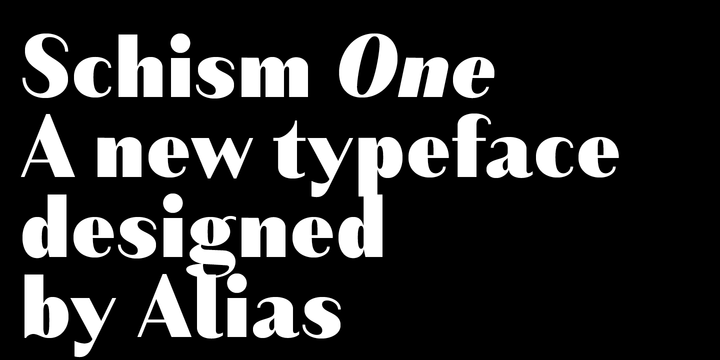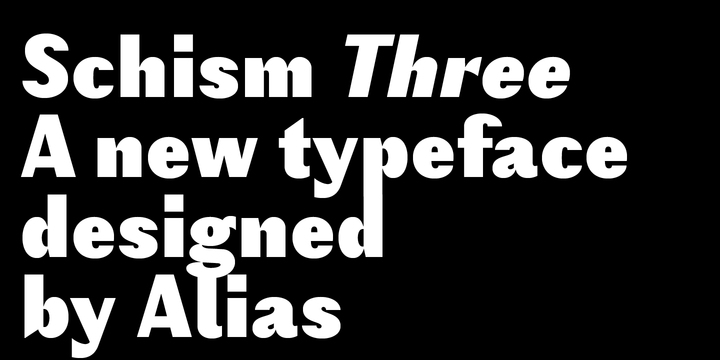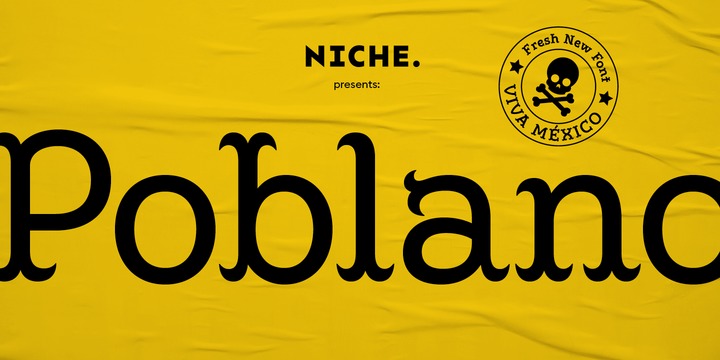 |
Poblano is a masterfully designed flared typeface, inspired by Gothic Tuscan that incorporates an aura of modern fun and classic southwest whimsy. With serifs that embody the beautiful, natural curve of the Poblano Pepper, it captures the pepper’s essence and attitude of having the perfect amount of piquant heat.
Perfectly suited for menus, headlines, and logos, Poblano will be the ideal garnish to complete and elevate your food, rustic, grunge and hipster themed designs.
The Poblano menu includes:
• A range of styles from elegantly thin to boastful black
• Over 400 glyphs per weight
• More than 50 stylistic alternatives
• Upper and lowercase characters
• Uniquely stylized to elevate your design and add that finishing touch
This is the ultimate niche solution to both display and functional Tuscan serif fonts.
